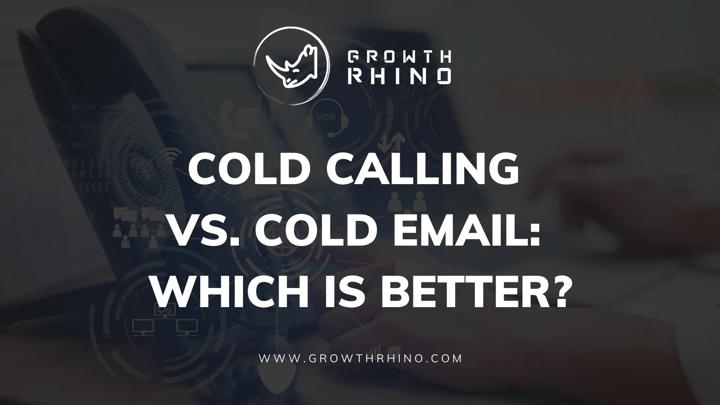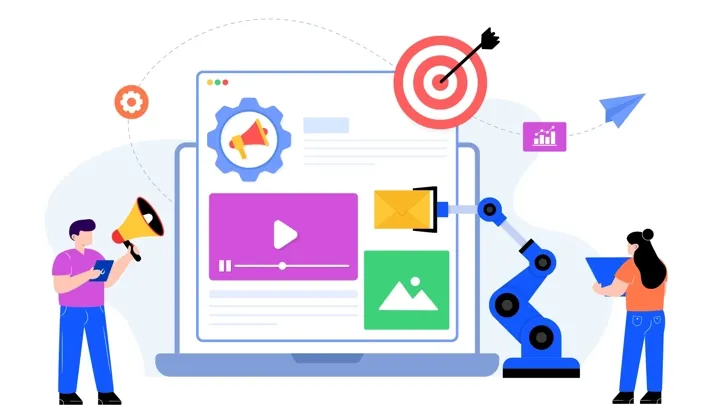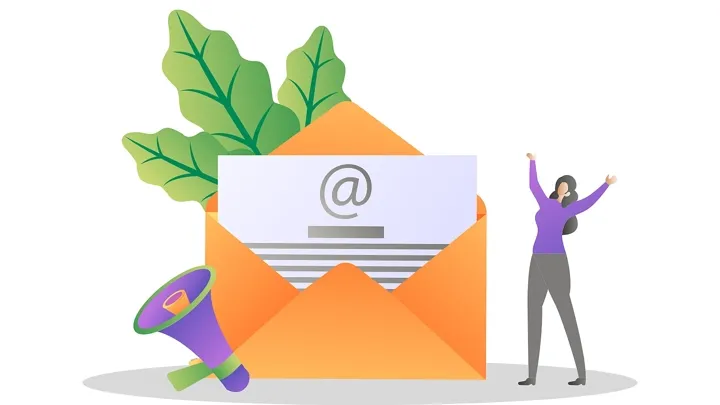
Cold email vs. cold call: Which one is the better and easier way to get clients? Remember that these are outbound sales processes, and with outbound sales, you should try different solutions.
Why?
It is because prospects do not have the same preference, and it depends on the nature of your business. It also depends on the type of customers you are going after.
Perhaps, the best metric to guide you is audience response. Rather than thinking all the time about the advantages of cold calling vs. cold emailing or vice versa, use the method your prospects are most responsive to.
What Is Cold Email?
What’s a cold email, and what is its biggest benefit? A cold email is an initial email that is sent to a receiver to gain benefits in terms of sales, favor, or opportunity.

In other words, when you send an email to a prospect for the first time without any prior contact, it is called cold emailing.
Cold emailing has many benefits, and the clearest one is the sheer scale and scope you can achieve with it. Cold email marketing allows you to fill your sales funnel quickly by corresponding to a large list of contacts.
Further, it is a more cost-effective method of marketing than cold calling. It stands to yield $38 for every $1 spent and allows you to automate the process, so you can automatically send follow-up emails for a tiny fraction of your marketing budget.
Do cold emails work?
Yes, it does and will work for you, especially if your business needs to catch the attention and build brand awareness among a large set of people at the same time.

What Is Cold Calling?
On the other hand, what is cold calling best at? The difference between cold emails and cold calls is a matter of directness versus volume. Cold emails are a great way to connect to a large audience at once, making it less time-consuming and easy to do, while cold calls are the best way to gather direct responses quickly.
Cold calling is also a way to connect with people you do not know. You call prospective clients over the phone without any prior interaction with them.
There are other aspects where cold calls gain the upper hand, including:
- Direct contact with prospects without the need to wait for a response the way one experiences with emails.
- Ability to get personalized and detailed information directly from prospects.
- Simple way to work with objections. You can address them impromptu as soon as your prospect expresses doubt or confusion.
- Ability to connect with the C-level. Senior-level people prefer to be contacted through calls.
How Cold Email Is Better than Cold Calling?
A cold email campaign is better because it is the most preferred method of communication, with most businesses preferring it over the phone, live chat, face-to-face meetings, social media, and online contact forms.
This preference should come as a surprise because emailing is the least disruptive way of connecting with a target audience. Your prospects can continue with their operations while receiving your sales emails.
Cold emailing also allows you to implement the best strategies we can find in marketing, such as:
- Personalization – You can personalize an email message by addressing the person in his name, and hopefully, you know details more than his name. Personalization compels receivers to open your email.

- Automation – Manually creating mails is a time-consuming and tedious process. The right software can make this process very simple to do.
- Data analytics – With emailing, you can access a large amount of data to help you adjust your messaging and approach.
Best Time to Cold Email - When to Cold Email and Cold Call?
Use cold emails when:
- You want to reach a large number of people in one campaign.
- You have a large set of data that allows the personalization of your message.
- You want to study key performance indicators (open rate, conversion rate, deliverability rate, etc.). This is good for determining what resonates with your target audience.
Cold calling is more applicable when:
- Targeting key decision-makers.
- You know your prospect’s work schedule. People are more amenable to calls during their work hours.
- Cold calling requires full knowledge of the product you are offering and the person you will call. You do not want to create an impression that you have not done your homework prior to calling.
Factors to Consider while Choosing Cold Email or Cold Calling
Factors you should consider when weighing the advantages of cold calling vs. email include:
- Invasiveness of the approach – What type of prospects do you target? Are they open to the more invasive approach of cold calling?
- Audience size and budget – Cold emailing can target thousands of people with a single campaign, making it very cost-effective to reach out to a large audience.
Conclusion:
Cold emails and cold calls have pros and cons, depending on the prospects, the specific reason for connecting, and the impact you want to achieve.
For many professionals and consumers, receiving emails is preferable to receiving calls. But if you know that your prospect does not check their email often, and they have made their phone info public, it can be more effective pitching to them via a call.
